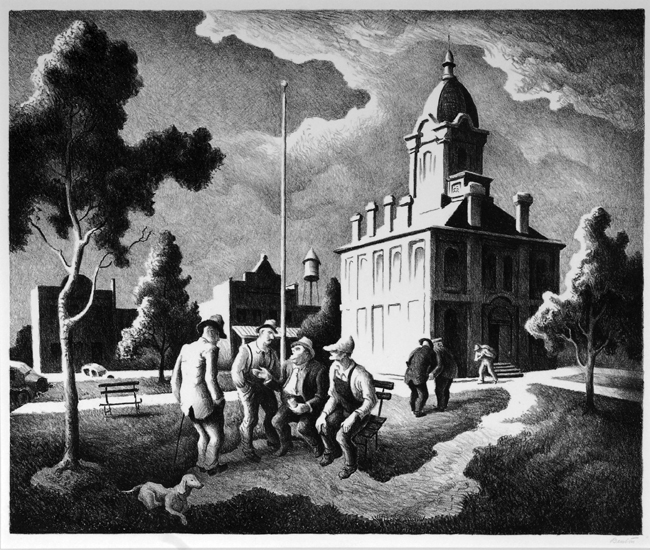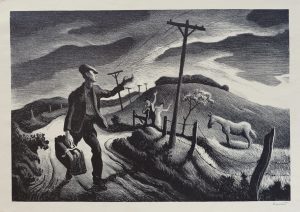How Do You Know If Prints Are Original?

Often there is confusion in determining original art or what defines original art when it comes to prints. In the simplest terms an original print has been manually printed by the artist or a master printer with the original image being created on a substrate or the printing surface; such as a block of wood or linoleum, a polished piece of limestone, a metal plate of zinc or copper or a silk tightly stretched to create a screen. These can all be inked and printed onto paper.
These types of prints are often labeled as etchings, drypoints, aquatints, mezzatints, engravings, wood engravings, linoleum (linocut), wood block, lithograph, relief, serigraph, collographs or screenprints. Each of these types of prints have unique characteristics that are identifiable when viewing the artwork and each substrate has a limited life of prints it can run by its very nature. The edition, or number of prints, run from an image, will slowly break down due to the repetitive pressure of the printing press thus ending the print run. The original plate is then ‘striked’ or destroyed.
It is the artist who will then proof each print and determine how many are identical and number them accordingly. An artist may want to run an edition of 100 prints but only get 50 that are to his/her approval. In the modern printmaking era many editions were never numbered. The artist just established how many were to be printed and this was a trusted number.
When a work of art exists in a different medium such as a painting or drawing that is the copied either photographically or scanned digitally and then printed, it is in every sense a reproduction. These may be printed by offset presses or by high resolution ink-jet printers (giclée). As giclée and digital art continues to become more prevalent in the art world our definition of ‘original art’ may shift but traditional printmaking continues and will remain original art.
Browse a wide range of prints in our Estate Collection:



